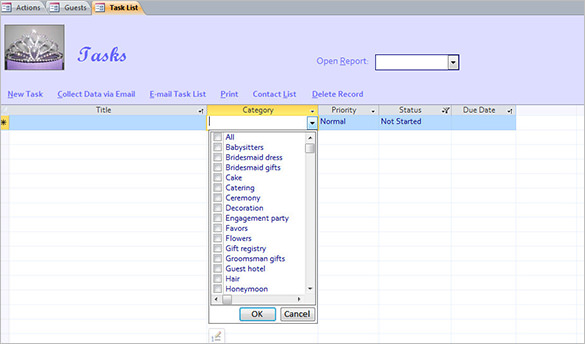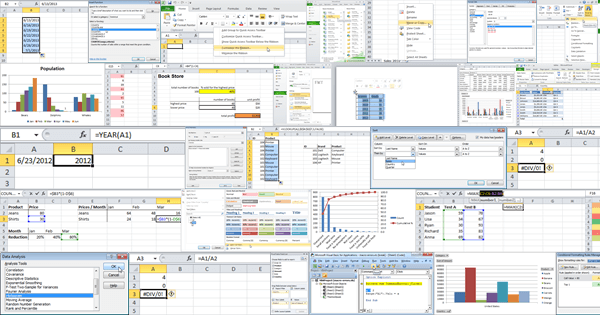


In this chapter, you’ll conquer any Access resistance you have, and learn to create a simple but functional database. All of this setup takes effort and a good understanding of how databases work. And even after you’ve defined that structure, you’ll probably want to spend more time creating other useful tools, like handy search routines and friendly forms that you can use to simplify data lookup and data entry. Before you can enter a stitch of information into an Access database, you need to create that database’s structure. Or you can start Excel, and launch right into a financial report. For example, you can fire up Word, and start typing a letter straight away. Quite simply, databases need strict rules. They’re probably right.Īccess seems more daunting than any other Office program because of the way that databases work. Even though Microsoft has spent millions of dollars making Access easier to use, most people still see it as the most complicated Office program on the block. Should you need refresh your understanding of SQL queries you can look at out Introduction to Transact-SQL course, which details and expalins much of Microsofts SQL Transact.Although Microsoft won’t admit it, Access can be intimidating-intimidating enough to trigger a cold sweat in the most confident office worker. Start this course today and you’ll learn the skills you need to make an impact with sleek, high-performing databases that help you do your job better.

If you think you know all there is to know about Access 2013 then think again, as this course goes way beyond the basics, giving you the knowledge of all of the best Access tips and tricks. In the Microsoft Access 2013 Advanced video training course, you’ll take your knowledge up a notch as you get acquainted with Microsoft Access 2013’s most sophisticated features. Get helpful techniques that allow you to link, report, and package your data quickly, and find out how to split a database by splitting the frontend and backend. Follow along as you learn to create and maintain macros, then see how to effectively link to other data sources. Your expert trainer will show you how to use macros, tables, forms, queries, and other tools to create a professional, working database. Get ready to become a data management expert as this class takes your skills to the next level. If you’ve already taken our basic Microsoft Access 2013 course, or know your way around the program already, then you’re ready for our Microsoft Access 2013 Advanced course. In modern businesses data management skills and database development skills are in great demand.


 0 kommentar(er)
0 kommentar(er)
